Life on mars: A guide for the would-be colonist
If we actually made it to Mars how would we survive on the inhospitable planet, asks Steven Cutts


Mars is in the news again with talks of a manned expedition to the Red Planet. Only last year, the American entrepreneur Elon Musk expressed a desire “to die on Mars”. People are seriously suggesting that we might soon colonise our diminutive neighbour. But when we finally arrive on Mars, what will it be like?
Assuming the first few missions are successful, it will all be very exciting. People will keep themselves busy planting flags and collecting rock samples. Doubtless, there will be plenty of photo opportunities and messages of support from the home planet.
Early settlements are likely to feel improvised but as the number of people on Mars grows, life ought to become more comfortable with some semblance of normality. It’s important to remember that the day-night cycle on Mars is close to 24 hours and a future colonist could adjust to this quite easily.
Every day living on Mars will occur underground and every second of every day that we spend on the surface will have to be logged and accounted for
While Mars is much smaller than Earth, nearly three-quarters of the Earth is covered by water and in practice, Mars has a land surface area that is similar to our own planet. The gravity on Mars is about 38 per cent of our own, which means you could expect to be about twice as heavy on Mars as Neil Armstrong ever felt on our own moon.
Most of the time, it’s going to be pretty damn cold. The equator – usually the hottest part of any planet – enjoys similar temperatures to the Antarctic. Early explorers will spend a lot of energy just trying to keep warm.
Who would actually go to the Red Planet? Well, in the first instance, one could expect the usual deluge of volunteers. Remember that when space exploration began, astronauts were treated like celebrities, but as our presence on the moon and in low Earth orbit expands, there are likely to be hundreds of people in outer space and being exposed to zero G in itself will hardly make a man special.
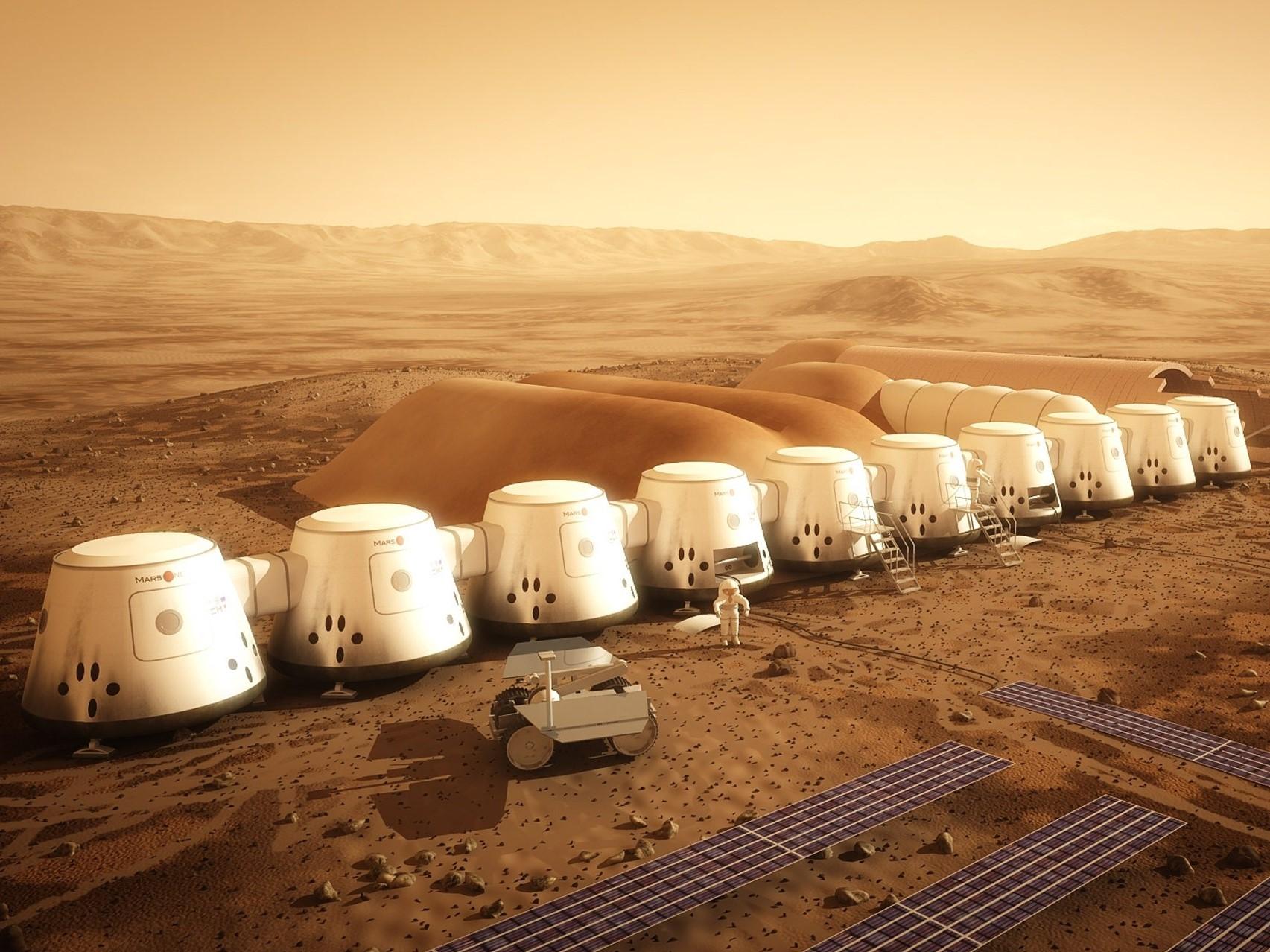
Life on Mars is likely to be pretty hellish and not everyone will want to go there. Early pioneers would have to be in peak mental and physical condition. We’re talking about a man with two or three degrees from an outstanding institution who could just as easily pick up a well-paid position in an attractive university town here on Earth.
Why then, would these same exceptional individuals ask to be locked in a can for the best part of 18 months?
In the 1950s, it was common for £10 Pommies in Australia to change their opinion on emigration and ask to return to Mother England. For some people, this turnaround occurred as soon as they got off the boat.
As far as Mars goes, an immediate return to Earth won’t be an option. Once you actually get there, you would be unlikely to see your friends or relatives ever again. Even video conferencing would be awkward given that it can take up to 20 minutes for a radio signal to travel between the two planets.
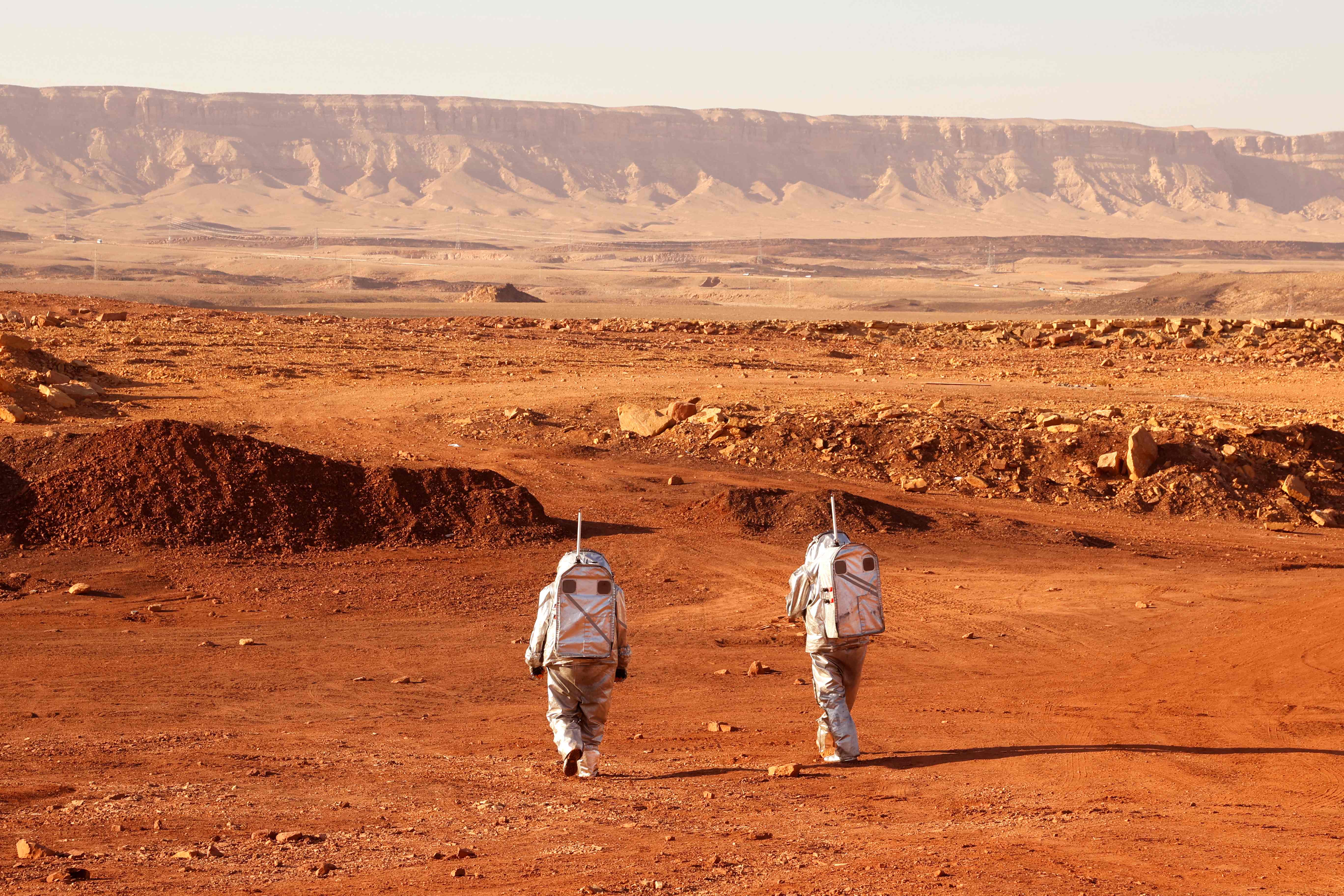
As far as colonisation goes, health is going to be a big issue and in the short term, the single biggest threat to health has got to be radiation. A typical dose received by a human being on the surface of Mars could probably be endured for six or 12 months, but if we attempt to colonise Mars, then the problem will get worse.
If you’re expecting people to live and breed on another planet then they will be asking them to carry a baby and to then rear and nurture that same child until it becomes a healthy adult. This is an entirely different challenge from asking a handful of carefully selected adults to set out on an 18-month trip to another planet and return to a hero’s welcome.
About half of the radiation on Mars comes from the sun, and the other half is part of the interplanetary radiation that flows between the stars. On our own planet, most of the radiation from the sun is successfully blocked out, initially by the Earth’s powerful magnetic field and then by our atmosphere.
Electrically charged particles are quickly diverted by the Earth’s magnetic field and are trapped in the Van Allen radiation belts that flow several thousand miles above our heads. Mars lacks a magnetic field and the “solar wind” strikes the upper atmosphere every second of every day.
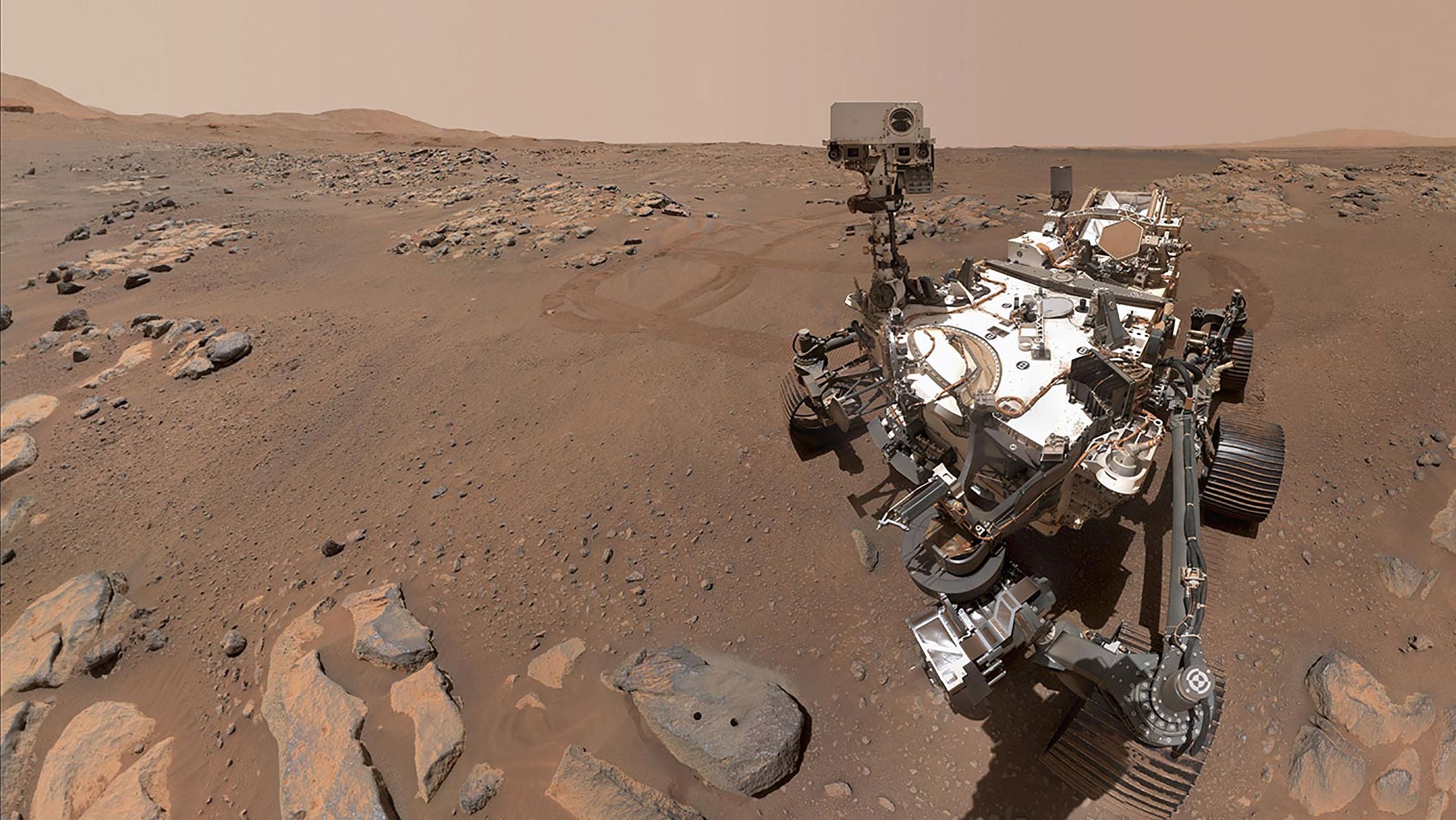
An individual alpha particle won’t do a lot of damage to a man’s body, but an individual atmospheric molecule will be knocked for six by a direct impact, shooting off into interplanetary space and abandoning the Martian atmosphere forever.
In days gone by, Mars must have had a much denser atmosphere that it has today, but as things stand, the pressure on the actual surface is about 1 per cent of that found on Earth. Of the atmosphere that does exist, most of it is carbon dioxide.
All surface exploration on Mars will have to be performed in a full pressure suit. Every day living will occur underground and every second of every day that we spend on the surface will have to be logged and accounted for.
What we do know is that the entire planet was once blessed by warm, liquid water. Mars has been extensively photographed from high altitude and there are clearly discernible dried up river beds and lakes.
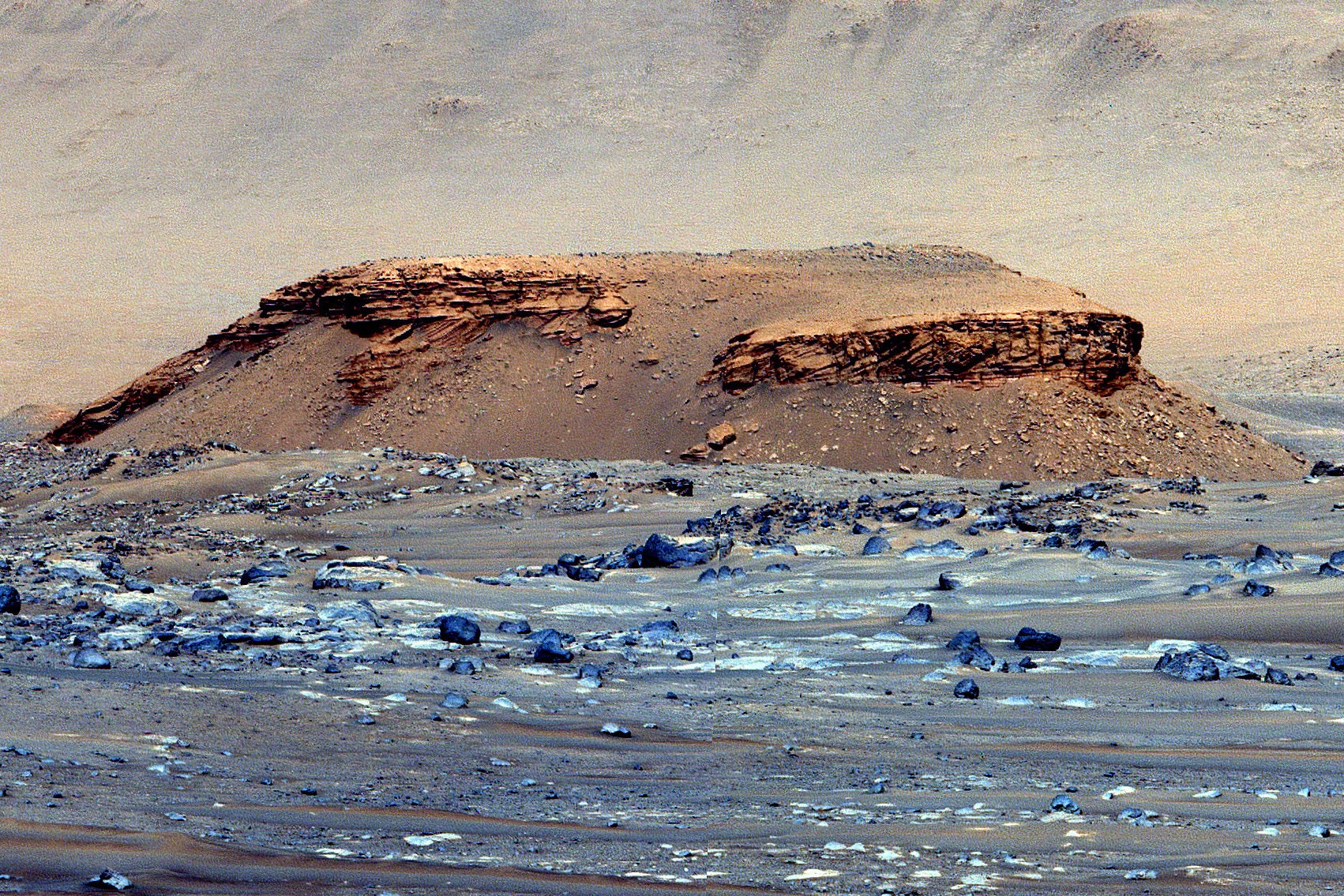
In some of these cases, it’s hard to interpret these structures as anything other than hard evidence of flowing water. Some geologists have speculated that there were once large lakes and possibly full blown oceans on the planet.
Even today, there is reasonably convincing evidence of water ice in the North and South poles. At some point in its history, the surface pressure and temperatures on Mars took a turn for the worse and the world as we know it now looks pretty damned dead.
Most experts believe that there is a permafrost that contains a lot of water, not to mention a number of frozen lakes that future colonists might seek to exploit.
In spite of these obstacles, the dream of colonisation lives on. This is anything but a new concept and it certainly didn’t begin with a podcast by well known South African. American writers, in particular, have long drawn a parallel between the European migration to their own continent and a future American migration to Mars.

In their minds, the Red Planet is part of the new manifest destiny and this parallel may be more relevant than many people are willing to admit. While many have sought to romanticise the colonisation of America, it’s important to remember just how bleak the conditions must have been for the early European settlers.
Most of the “Pilgrim Fathers” died during their first year in the New World. The first people to go to Mars will be packing some pretty fantastic tech but in the face of an impossibly hostile environment, there’s no reason to think that they will do any better.
Mars is a brutal planet.
Indeed, the scale of the challenge involved forces us to ask questions about our own society and the way we conduct ourselves here on Earth. Some have argued that we should hold ourselves back from further expansion unless and until our problems on Earth have been resolved.
The American presidential candidate Bernie Sanders has already spoken out against the Musk vision for Mars, arguing that the money we might spend on sending a million people to Mars could be better spent on this planet.
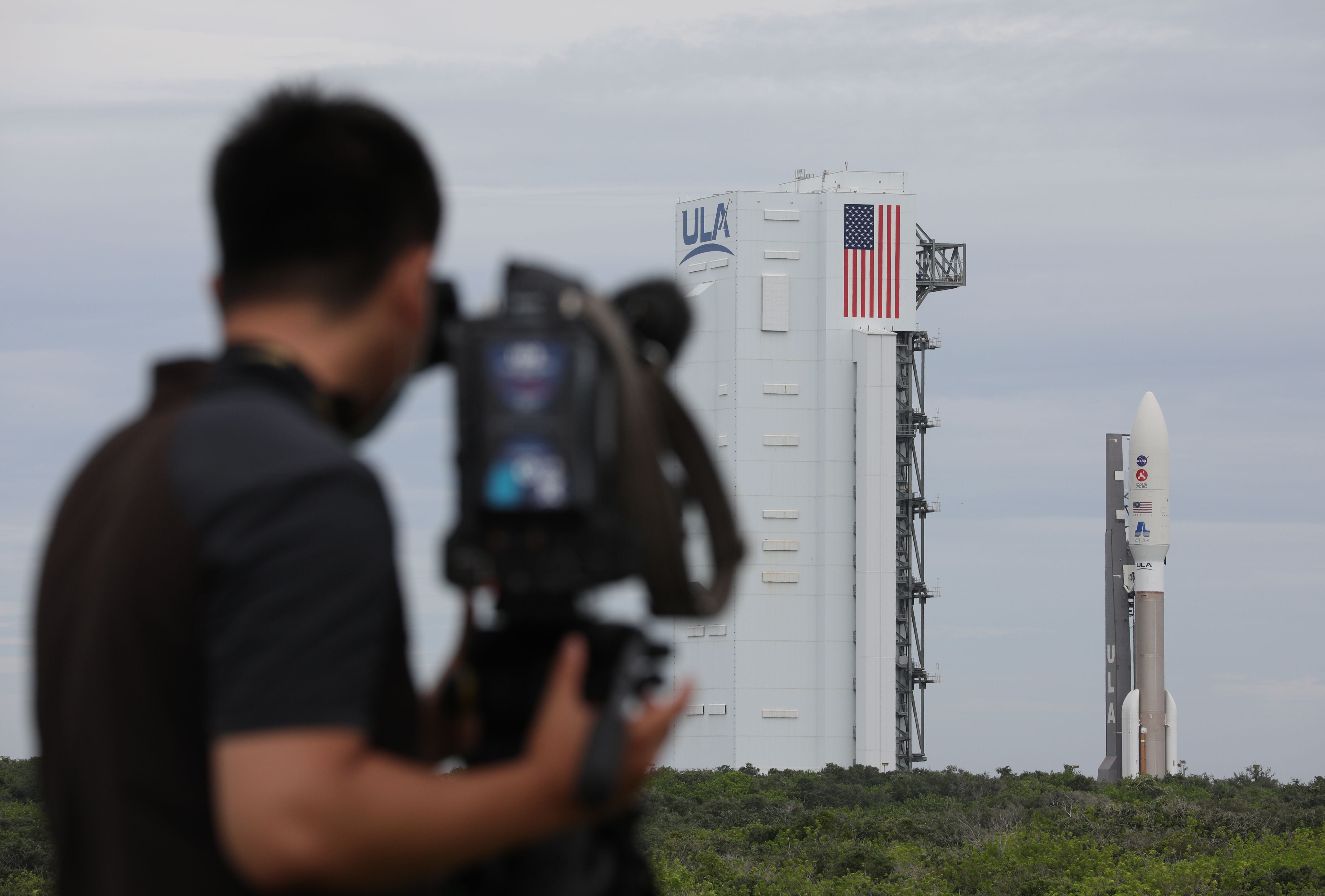
This kind of argument sounds reasonable, although, again, this is hardly new. The pioneering Britons that built Canada, America and Australia were more than conscious of the problems that existed in their own country but they decided to go there anyway, in part at least because they wanted to begin afresh and because they wanted to extend the power and influence of the Old World.
China – more than most countries – has long sought to address population growth through state intervention and in some respects, they seem to have overdone it. Right now, the working-age population of China is now falling by about 10 million people per year.
Similar declines have been observed in such diverse places as Japan, Vietnam, Brazil and Taiwan. In spite of this, the overall population of the Earth continues to soar. The number of people in the Indian subcontinent continues to increase by the equivalent of the entire population of Britain every two to three years.
The number of people on our entire planet is rising by just short of 100 million each year. If you want to address population growth by migration, you’re going to have to find another planet.
Right?
Well, maybe. As you read these words, we can’t even get four men back onto the surface of the moon. How realistic is it to move many millions of people to Mars? What if we could shift 1 million every year? Would that decelerate the rate of population growth here on Earth by any more than 1 per cent?
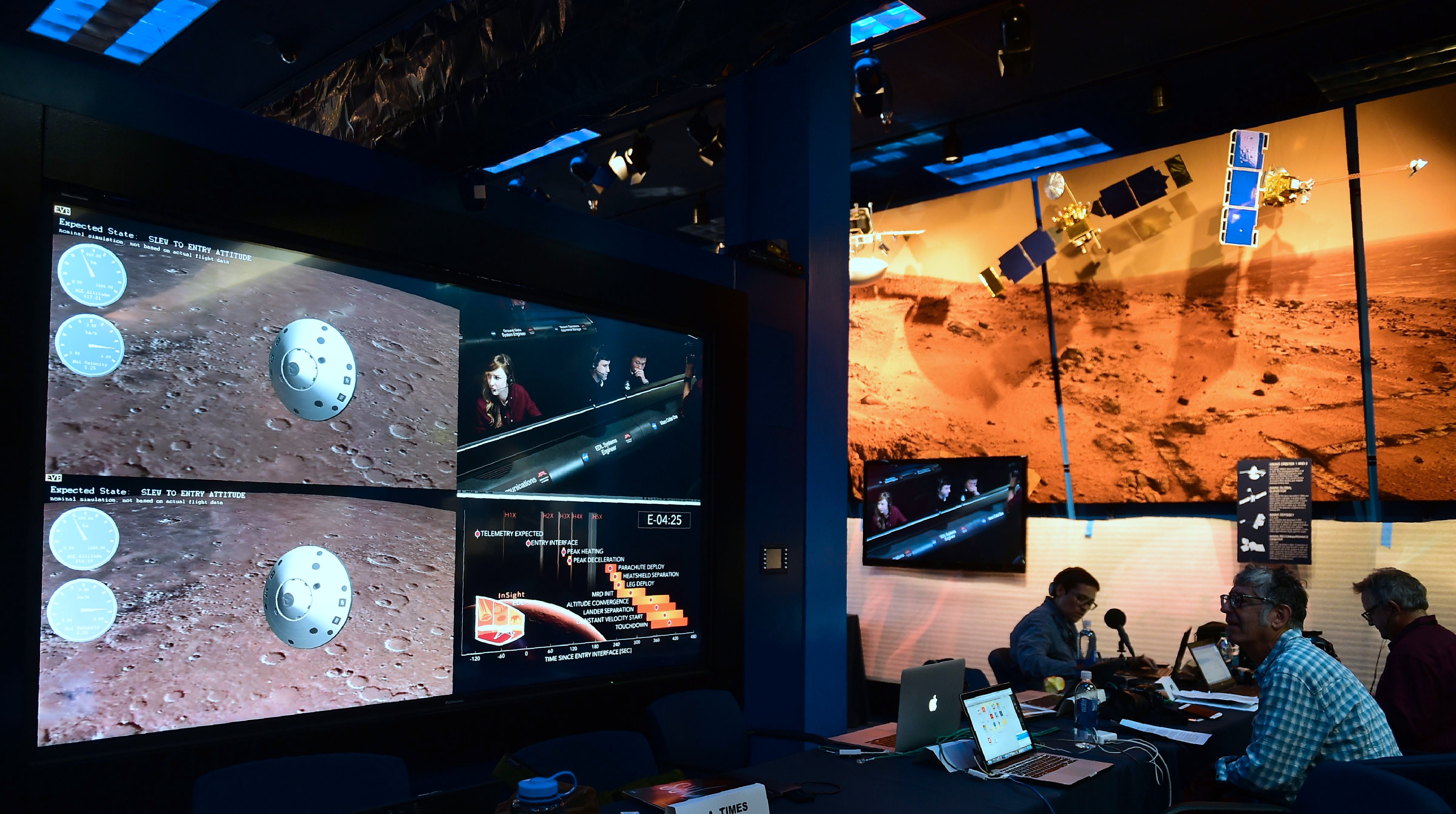
Thus far, space travel has only been possible using chemical rockets and chemically propelled rockets will take at least six months to reach Mars. In the last few decades, there have been significant advances in material technologies.
By building our spacecraft out of very lightweight materials, we should be able to improve their power to weight ratio. This kind of innovation has the potential to shave several weeks off the flight time to Mars.
Remember that the radiation dose experienced by every Martian colonist is the number of days that he spends in transit multiplied by the dose per day and the cumulative dose is likely to be very high indeed.
Some scientists have even speculated that the first explorers on Mars should be very mature adults, people who have already fathered their own children and aren’t particularly concerned about the impact on their own fertility. Or indeed, in the continuation of their own lives.
But it gets worse. Every so often the sun throws off a solar flare, massively increasing the radiation dose for anyone in outer space. For a really big event, this kind of surge in radiation could prove fatal and it has been suggested that future manned spacecraft should be equipped with coffin-like boxes where the astronauts might take refuge during the storm and wait for it to subside.
Each box would have to be lined with solid lead. It would seem prudent to surround the boxes with as much heavy equipment or water as possible. Anything that might block out the radiation.
Anybody who spends more than six months in low Earth orbit will experience a 15 per cent decline in visual acuity
Damage to a man’s eyesight is a relatively minor penalty for long-duration space flight but again, it’s hardly positive. Anybody who spends more than six months in low Earth orbit will experience a 15 per cent decline in visual acuity. Going a little bit blind seems to be part of the price you have to pay for being an astronaut. Thus far, we don’t really know why this happens.
Whenever I see images of people in space, I’m always gripped by the idea of zero gravity. Living like Peter Pan sounds fun, but it’s the kind of fun that comes at a price. Over a period of many months, a typical astronaut will lose up to 40 per cent of his muscle bulk and there is similar loss of power in the muscle of the heart. Attempts to block this by taking regular exercise have only been partially successful and some scientists have called for a more definitive solution.
One option would be to spin the spacecraft to create artificial gravity. The Stanley Kubrick film 2001: A Space Odyssey includes one of the most iconic scenes in the history of cinema. Using innovative camera techniques and a rolling set, Kubrick creates the impression that an astronaut can be seen jogging around the inner wall of the crew section.
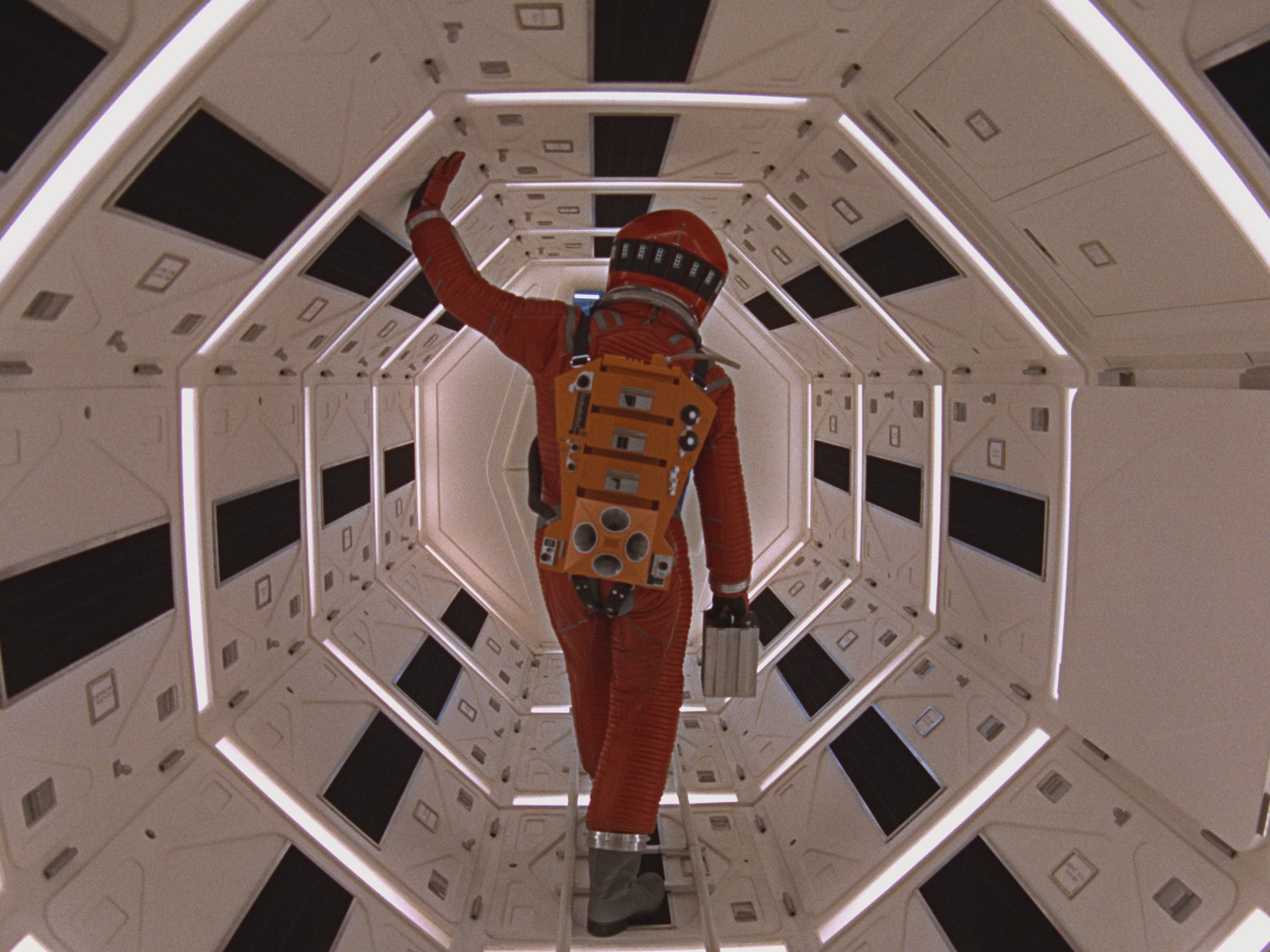
This kind of approach is entirely possible but not on the scale suggested in the movie. It’s relatively easy to calculate how fast such a device would have to spin to create one Earth gravity and it turns out to be once every few seconds. Unfortunately, the human body will only tolerate a relatively small number of revolutions per minute before it is overwhelmed by motion sickness.
Given the obvious risks of malfunction that any Mars-bound spacecraft would be exposed to, it seems quite reasonable to send two crews in two spacecraft that fly in parallel. Once underway, they could be connected by a cable perhaps 100 metres long.
By spinning the two ships around a common centre of gravity it ought to be possible to maintain artificial gravity for most of the voyage, without triggering a mass outbreak of nausea.
But gravity comes at a price. Deep space missions have the advantage that they can function in an environment where there is no gravity. Structures that would be considered flimsy here on Earth are entirely adequate in in space.
If we decided to spin the crew section then we’d have to factor in enough physical strength for the entire construct to function under its own weight. In addition, it’s not clear what level of artificial gravity we would need to protect a man from the worse ravages of zero gravity.
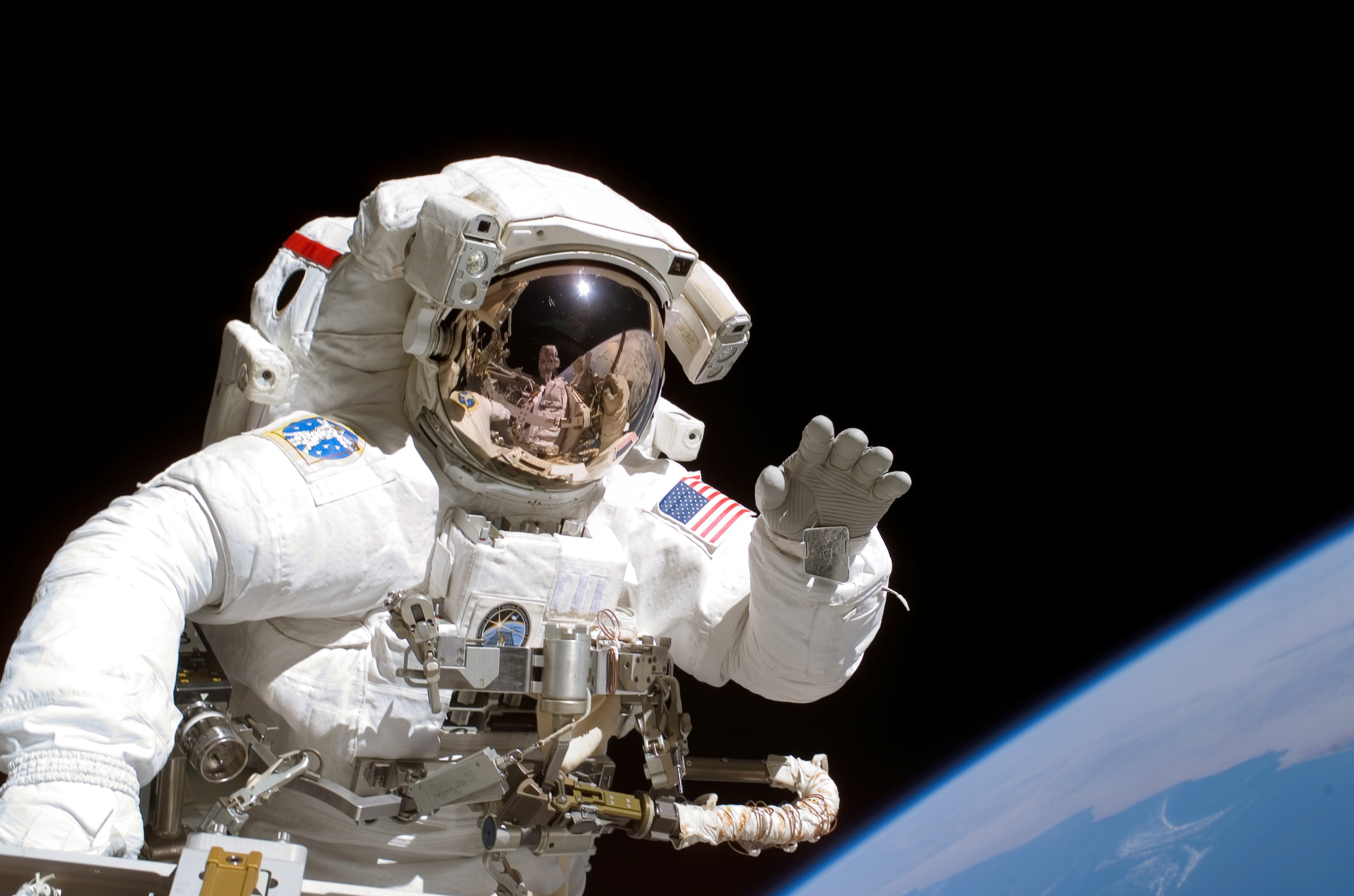
A mere 38 per cent would prepare the astronauts for the sort of environment they could expect to find on Mars. Without such precautions, the first man on Mars might walk out onto the planet’s surface, make some sort of patriotic speech and then fall over, very suddenly, when his right thigh bone snaps under its own weight.
In spite of this, there are plenty of people out there who are determined to make us a multi-planet species and my guess is that they will eventually succeed. In a historical sense, all of our progress to date has occurred in the blink of an eye and there is surely more to follow. Elon Musk and his company Space X have brought a new dynamism to the field, confounding the sceptics and bringing an end to decades of stagnation.
All across the United States, Nasa has people working on next generation propulsion systems including both plasma drive and thermonuclear propulsion. Some of these systems halve the time required to fly to Mars, massively reducing the human and logistical challenge of flying to another planet.
For the cost of housing 1 million people on Mars, we could provide an attractive environment for several hundred million people on Earth
The recent Mars lander Perseverance is equipped with a small device that is attempting to manufacture oxygen from the local atmosphere. Early data seems to suggest that it works. If we could upgrade the scale of this device then it could help the early explorers to breathe and sustain their early bases for much longer than previously thought possible.
Early experiments have also been being performed on the International Space Station to see if we could grow plants in outer space. There is already a German-led device that attempts to maintain a reservoir of algae, effectively converting the astronauts’ expired carbon dioxide back into oxygen.
Supposing we established a colony of a million people over a period of 20 years. It’s likely that we would have offloaded even 0.1 per cent of the population growth that you would expect to see in this period. Remember that this is not the only solution to global poverty or the desire for movement on the surface of our own planet.
If we could provide viable homes for people then we could do this in the Sahara desert, in the Antarctic or even in some vast floating city in the Pacific. This kind of idea might sound far fetched, but once you’ve entertained the possibility of building a human colony on Mars, any suggestion that we couldn’t improve this planet becomes absolutely risible. For the cost of housing 1 million people on Mars, we could provide an attractive environment for several hundred million people on Earth.
But there are other reasons to encourage the outward expansion of man, including the possibility of an existential threat to our species. Some fantastic calamity may yet befall this planet, destroying every last man, woman and child alive. Establishing a colony on Mars might just be an effective defence against such threats, enabling the species to survive for another million years, albeit in a different environment.
The concept of terraforming an alien planet has long been popular with science fiction authors. Most of the other planets in the universe don’t bear a striking resemblance to the Earth, but for your average science fiction fan, that doesn’t matter.
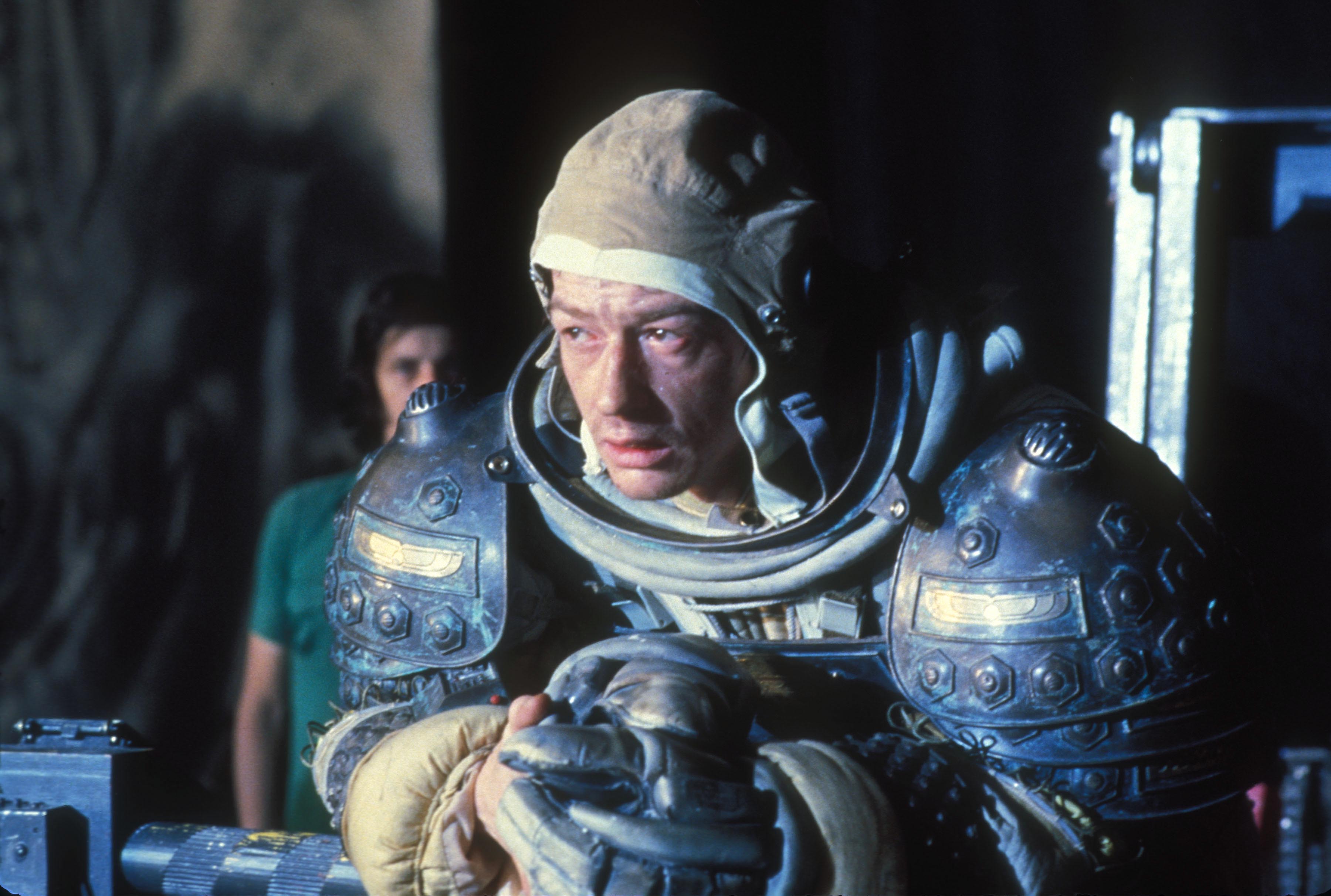
Once we get there, we will turn our new world into an Earth-like planet and quickly establish a human colony. With a bit of imagination and a decent special effects department, terraforming turns out to be a lot easier than you might think.
For example, in the much-loved sequel to Alien (aka Aliens) our descendants have built a fusion reactor that drives some fantastical atmosphere cleaning machine. It’s also a device that makes the sequel much cheaper to shoot than the Ridley Scott version.
In the original Alien movie, John Hurt’s character needed a full pressure suit to walk around the planet, but by the time of the second film, the characters are able to walk around wearing quite conventional outfits, not even carrying oxygen masks.
So what about Mars? As I may have mentioned earlier, it is a tad hostile but with a bit of terraforming, things ought to turn out fine. Right? Well, most terraforming projects would progress over hundreds if not thousands of years.
Here, in the early 21st century, we can’t actually reduce the temperature of our own planet by the two degrees it would take to stop global warming. In contrast, it’s relatively easy to find a sci-fi novelists who thinks we could boost the thermostat on Mars by 30 to 40 degrees in a few spare hours.
Terraforming isn’t the only show in town. Some scientists think that there is a way for us to create an Earth-like environment on Mars without resorting to full blown terraforming. This idea involves building a glass ceiling on the surface of the planet, suspended on pillars about 500 metres above the colonist’s heads. At this distance, the people on the surface would be largely unaware of its presence.
In effect, the Earth-like atmosphere we so crave would become contained within a glass and plastic shell with the pre-existing, very tenuous atmosphere of Mars locked outside. The glass itself would have to block out the aforementioned radiation.
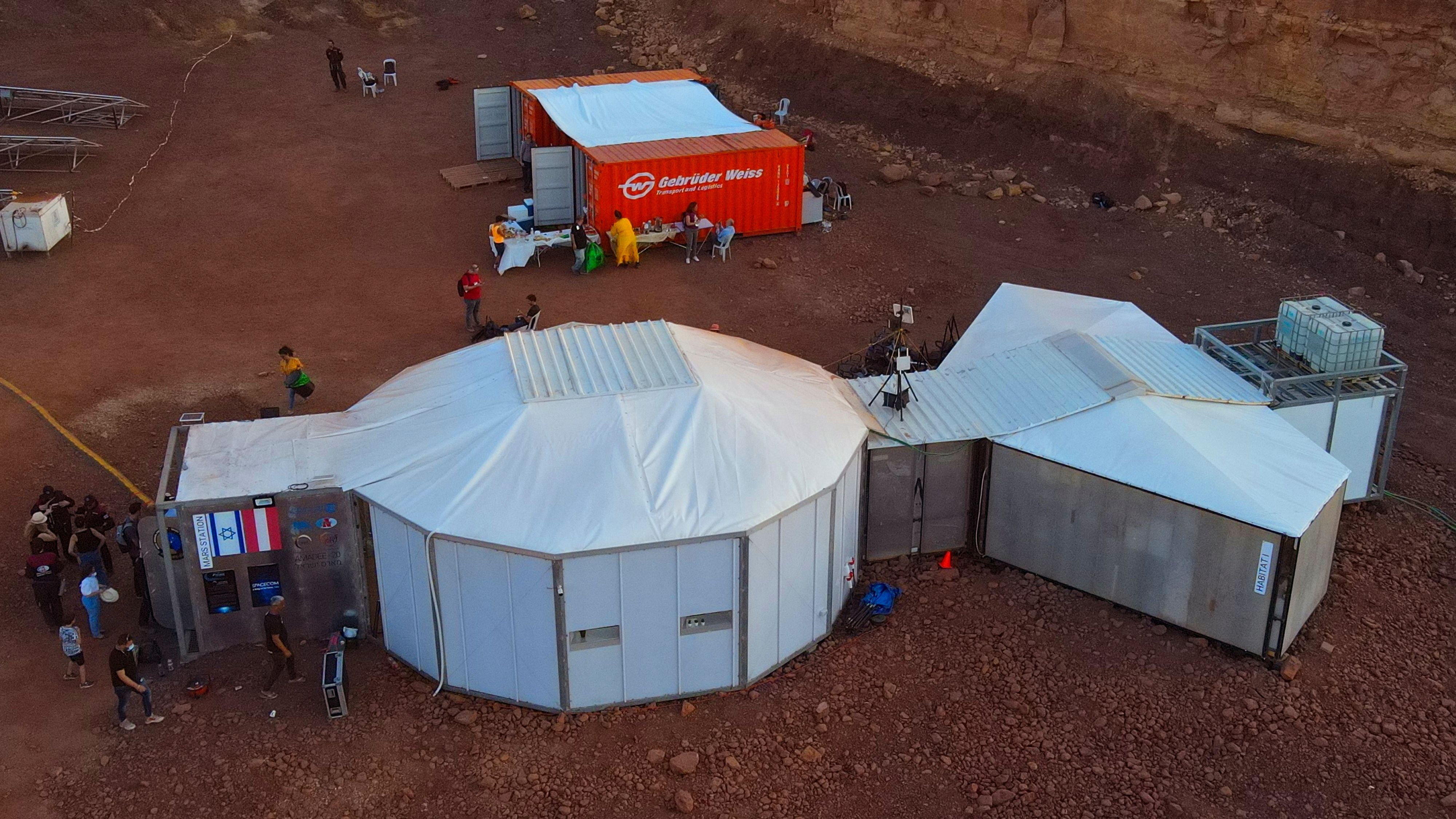
What’s good about this plan is that it enables us to build a box – perhaps a several kilometres wide – where the first few thousand people could actually live. Later, we could attempt to extend the same construct sideways until, eventually, the entire planet will be enveloped by a glass ceiling. It’s so fantastic that many people would dismiss the plan out of hand, but what most of us still haven’t grasped is the role of robotics in any future construction project.
For most of the last 10,000 years, things have been built by humans but for most of the next 10,000, human beings will be thin on the ground. Large scale construction projects on Mars will surely be led by robots.
Such a project would be critically dependent on the mining and exploitation of raw materials in outer space. Nobody is going to mine out a million tons of concrete in Africa and then blast the stuff to Mars. Glass, steel and concrete will be derived from local quarries and local processing plants.
The energy source will be solar or nuclear. Surface temperatures will be progressively improved using a system of orbiting mirrors, each many kilometres wide. These will catch the sunlight that normally misses the planet and disappears into deep space.
If you want to breed people on Mars, in other words, if you want to develop a self-sustaining colony on Mars, then you have to be prepared to nurture human beings from the first day of conception to the last day of their lives.
The cumulative radiation dose has the potential to dwarf anything that people have yet to endure on Earth but this isn’t a challenge that we can’t overcome. Gravity is a different issue.
If a child is born on Mars and if he grows up in 38 per cent of Earth’s normal gravity, then he may not develop along the usual path. Basically, we just don’t know how such people would turn out. If the child tried to return to Earth as an adult, it seems likely that both his skeletal and cardiac muscle would be unable to function.
Musk has expressed a desire to die on Mars, “although not on impact”. In truth, Mars may yet turn out to be the new Eden, but for some people at least, it might yet become the last place they will ever see.





Join our commenting forum
Join thought-provoking conversations, follow other Independent readers and see their replies
Comments